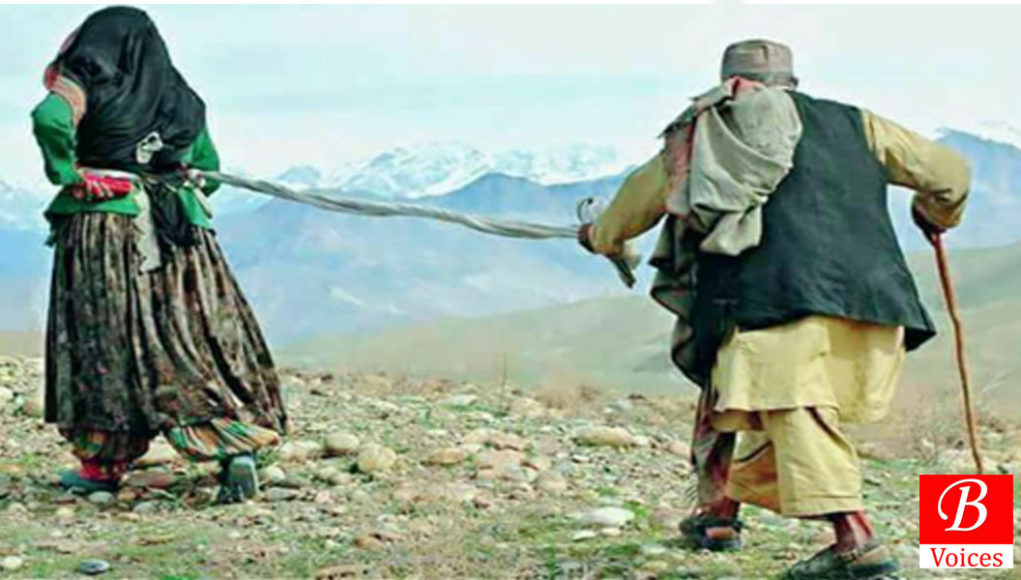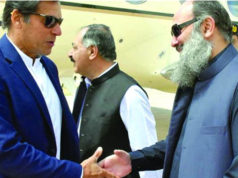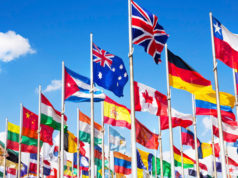Tahira Khan
Still, in 2022, Balochistan is considered a tribal area plagued with tribal ethos. A vast majority of the population resides in rural areas. These far-flung and remote villages and districts are somehow connected to the main cities but the traditional ethos is part and parcel of their lives. These rural belts are breeding the social vices which are paving the way to disempower women in all spheres of life. Following that, traditional taboos have led to a conservative culture where women face obstacles in family, public spaces, offices, educational centers, etc.
It is pertinent to note that tribalism usually has damaged social, economic, and cultural structures which affect women adversely. The tribal region usually allows minimal women’s activity. It impacts access to basic facilities including health and education. Thereupon, when it comes to women’s empowerment, tribalism offers a contrasting viewpoint. In tribes, women are bound to tribal traditions which limit their role to slavery. It is a social taboo that women are of good character if they have less social interaction/ mobility and live their lives behind the four walls of their homes in seclusion. This social taboo is still followed religiously in Balochistan.
It is usually argued that underdeveloped areas lack modern facilities like health, education, electricity, clean drinking water, transportation facilities, etc. But, when it comes to development and infrastructure, social taboos paved the major obstacles. How can a development of a region take place if women are excluded? Generally, women in tribal areas are considered either incompatible or incompetent with the modernization process. For education, government, and managerial positions, people think the male is best suited. An educated female is considered a waste of money and time. Male is also eligible to enjoy the facilities of a better lifestyle. In contrast, a better lifestyle for women is limited to house chores.
Read Also: What do Women Journalists Face Online?
In particular, tribalism and patriarchy go hand in hand. Due to male dominance, women usually hide their experiences and views. The tribal structure is maintained by the subjugated and subversive position of women. Otherwise, the women of Balochistan would be enjoying freedom like those of other urban centers of Pakistan. There may be a conflict of opinion here. Many urban centers such as Quetta are quoted as examples of women empowerment. But, Quetta is not Balochistan but only a capital city. There are many districts/areas where Quetta is not followed and women face economic, social, cultural, and academic discrimination.
Tribalism and its implications are still prevalent in our society. This can be witnessed by assessing the enrollment ratio of girls and boys in schools, colleges, and universities. The factor can also be seen when it comes to women’s mobility in public places. Are women allowed to go alone outside their houses? Can women drive scooties? Can women even go for walk outside without facing any social stigma? If yes, then why can’t we see any women driving and roaming in markets? Isn’t it a social taboo that bad women go to shopping centers and malls? It may not be prevalent in research because many ground realities are not discussed openly. Many social barriers don’t allow women to speak against the existing culture even for research purposes. Therefore, it may seem all good for the external world. However, the inner social picture depicts something else.
Perhaps, the inner depiction of tribalism is somehow bleak and dark where women cannot step outside of their homes independently. In this context, how can they ask for financial independence and property rights? It is the level of degradation of our society where women are asked why they need education and financial independence; let alone property rights. A woman is considered selfish and unworthy of marriage if she does not allow her salary/money to go into male pockets. Even if women sacrifice their financial rights, they will still be suspected in the context of character and respect. Moreover, married women face pressure to bear a son and the birth of a daughter is not rewarded at all.
Similarly, male dominance and tribal ethos are also affecting women working in key governmental or institutional positions. A patriarchal mindset is much prevalent in offices, organizations, and institutions where women do not find much space to operate effectively. Working women are not accepted the way men are tolerated by male subordinates or coworkers. In addition to that, the women’s labor force is lowest in Balochistan as compared to other parts of the country. Further, the report of the World Bank is also providing a darker picture. It says that the average value of Balochistan was 10% from 1999 to 2017. The report further elaborates that the minimum and highest value ever recorded is 9.5% and 11.93%.
In another study, textbooks of Balochistan were thoroughly researched to find what these books tell about women. The report suggested women in all textbooks were represented as a less reputable part of society and best suited for teachings jobs and domestic lifestyles. In contrast, men were made the most respectable part of society and suitable for prestigious jobs. Therefore, since childhood, the inferior status of women is established in the young minds of society. That’s why even women don’t question this discriminative practice let alone argue to make things right in their favor. In short, male hegemony is not prevalent in social, cultural, and economic spheres but in academic life too.
The writer holds an M.Phil Degree in South Asian Studies from the University of Punjab. She can be reached on Twitter @TahiraGhilzai.
Disclaimer: Views expressed in this article are those of the writer and Balochistan Voices does not necessarily agree with them.
Share your comments!








